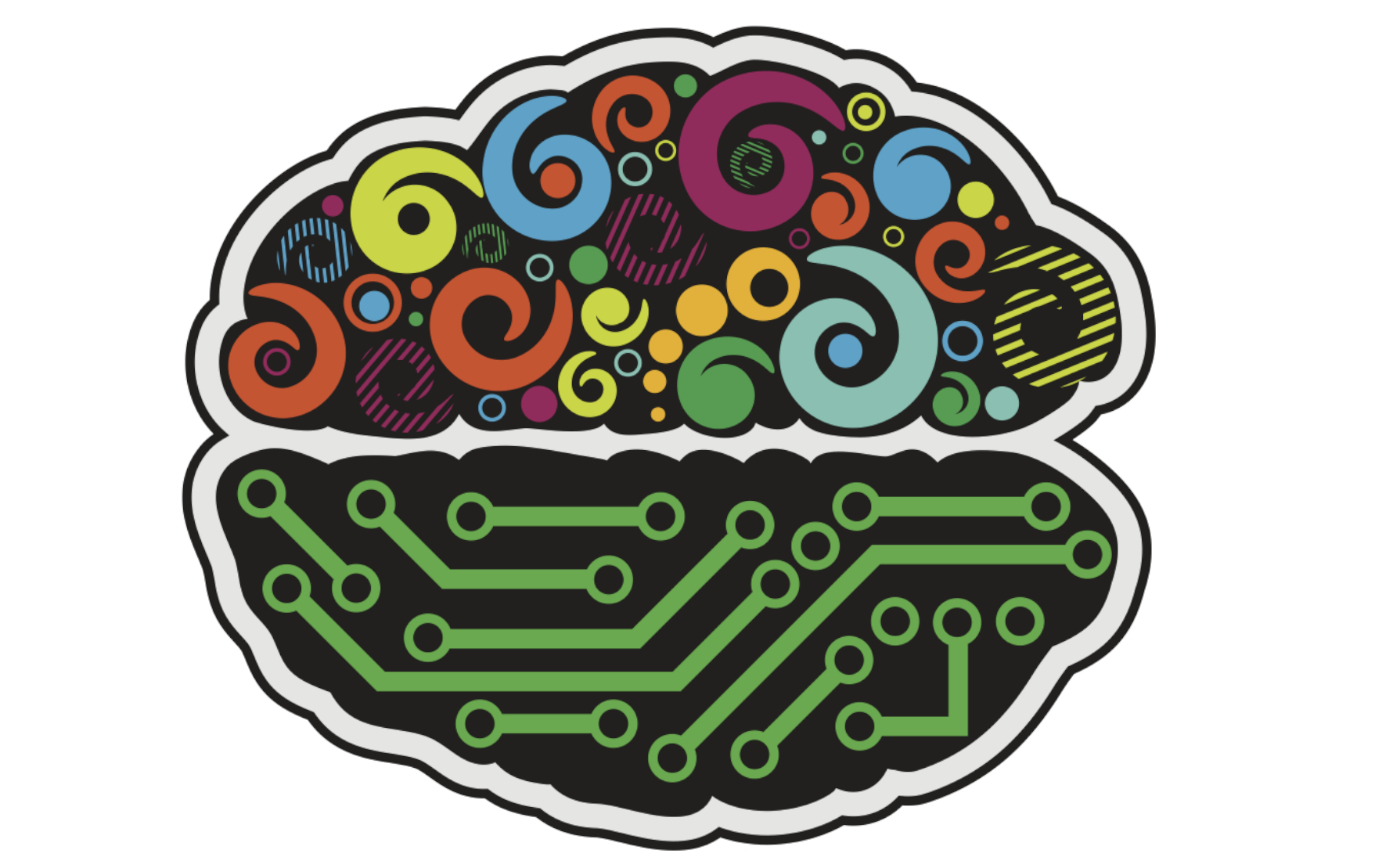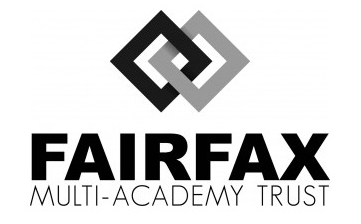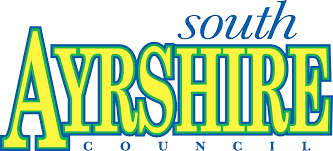
In an interview with Wired magazine Brock Eide, co-author of The Dyslexia Advantage: Unlocking the Hidden Potential of the Dyslexia Brain, hit us with one of the most explosive dyslexia-orientated statements I have ever come across: Asked whether, were he able, he would choose to be dyslexic, he is unapologetically forthright. ‘Absolutely! It’s a phenomenal kind of wiring.’
This is not a throwaway remark. He is not interested in the unnecessarily incendiary debate as to whether or not dyslexia exists. Dyslexia exists, impacting at least one in ten of us. What is especially interesting about the Eides’ thesis, and one that reflects much of what Ron Davis suggests in The Gift of Dyslexia, is that the defining characteristics of dyslexia are turned into a mere aspect or element of the condition: ‘One of the biggest misconceptions is that dyslexic brains differ only in the ways they process printed symbols, when in reality they show an alternative pattern of processing that affects the way they process information across the board.’
The Eides argue that rather than defining dyslexia as unexpected reading and writing difficulties in a child of otherwise average or above intelligence, why not look at the dyslexic brain as an alternative way of processing everything - rather than just the printed symbol? The emphasis placed on reading and writing, at such an early age, conditions our understanding of how dyslexics process the world. In narrowing our focus we do our dyslexic children a big disservice. We have handed them a learning disorder – at age 7. They are, by definition, now somehow disabled.
Shouldn’t we therefore understand the dyslexic brain in its totality? Shouldn’t we incorporate in the learning experiences of young dyslexics everything that is specifically wonderful about how they process the world? This wonderfulness, as understood by the Eides, comes in four key areas or ‘patterns’ of reasoning capacity: three dimensional spatial conceptualisation; inter-connected thinking; narrative comprehension and application; and dynamic reasoning. Herein, say the Eides, lies the path to our future engineers, teachers, architects, novelists, financiers, geologists, trial lawyers, paleontologists...
For parents of a dyslexic child, this isn’t news. What is radical is the effect the Eides’ thinking has on the sacred cow of the printed symbol. Early difficulties shown by the dyslexic child are increased by the unnecessary significance we place on reading and writing at a young age. It is important but not perhaps as important as we like to think. Rather, take the long view. The dyslexic brain is a remarkable brain. It is intelligent. It is different. It will accommodate its specific difficulties. So, label to celebrate. Do this and we reappropriate what it is to be dyslexic; that is, to be wired for the potential for living a truly phenomenal life.








